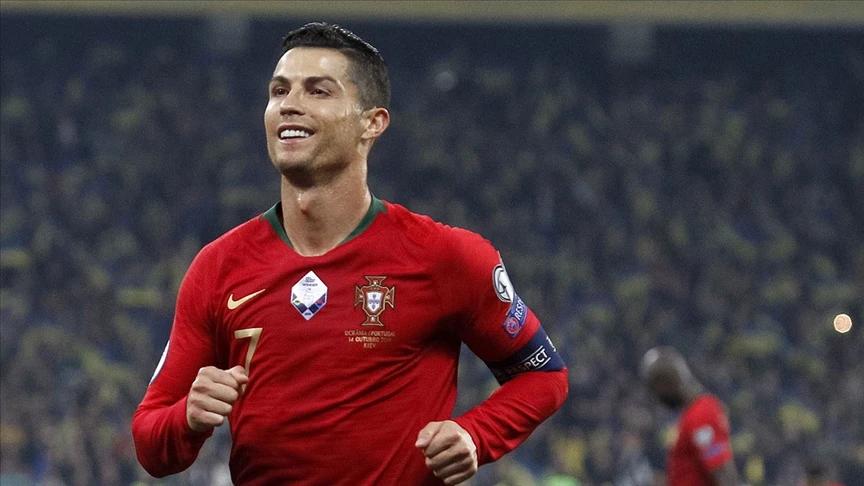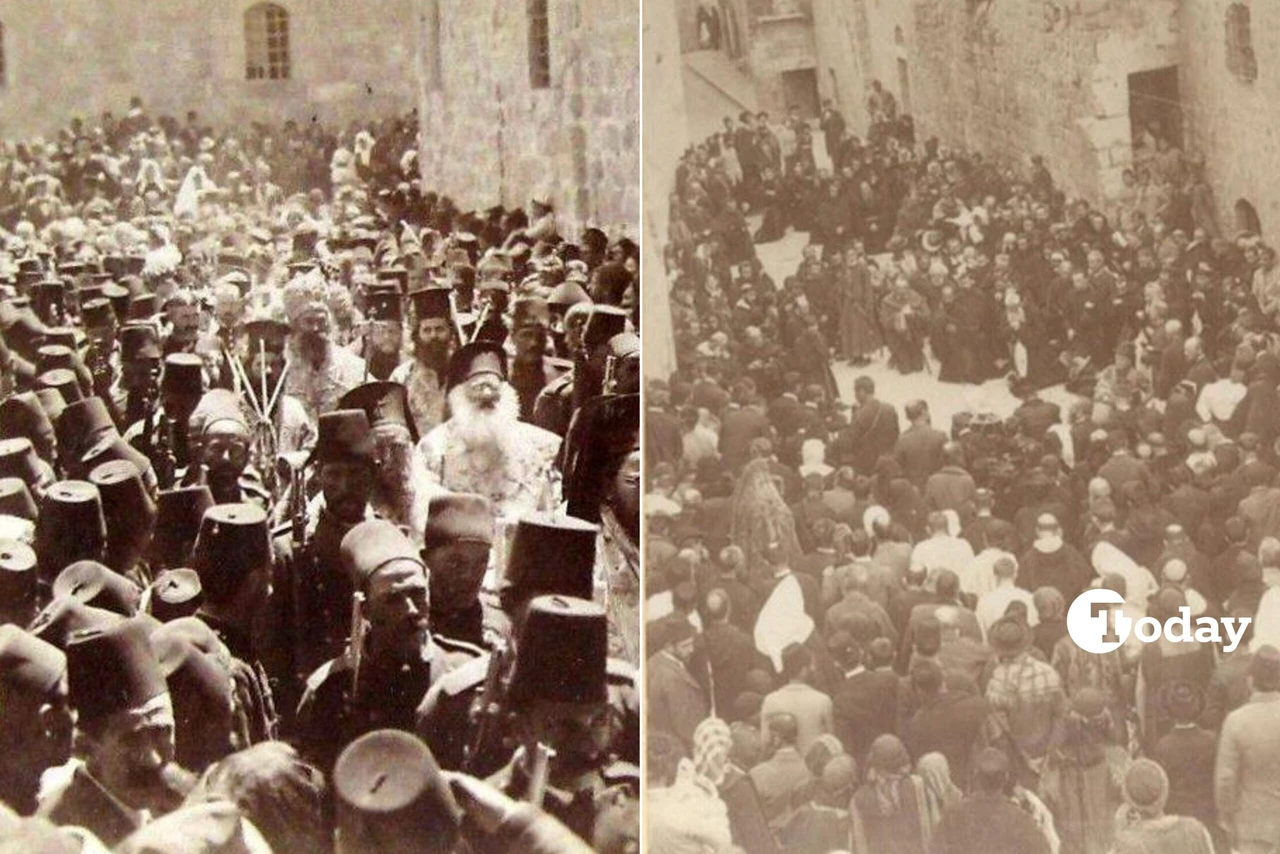14 years later: Ronaldo’s YouTube videos used by Russian spies for coded messages
 A photo collage featuring a Photoshop design of Cristiano Ronaldo and Vladimir Putin, observed in the surveillance room by Russian spies. (Photo collage by The Sun)
A photo collage featuring a Photoshop design of Cristiano Ronaldo and Vladimir Putin, observed in the surveillance room by Russian spies. (Photo collage by The Sun)
In a shocking revelation, it has come to light that Russian spies arrested in 2011 used Cristiano Ronaldo’s YouTube videos to send encrypted messages to Moscow. The intricate method of communication has stunned intelligence experts, unveiling an espionage network that operated for decades.
An ordinary couple with a dark secret
Andreas and Heidrun Anschlag appeared to be an ordinary married couple living in Marburg, a small town north of Frankfurt, Germany. They held Austrian passports—later discovered to be fake—and claimed to be of South American origin. While Andreas worked as an engineer for a car company, Heidrun stayed home to take care of their daughter, who was unaware of her parents’ true identities.
Journalist Mika Beuster described them as indistinguishable from other local families, aside from one peculiar detail: “They would make long phone calls in the garden, even in the middle of winter.”
23 years of espionage for Russia
Far from being a typical family, the Anschlags were high-value Russian spies. Recruited before the fall of the Berlin Wall in 1989, they operated for 23 years, transmitting thousands of classified NATO, EU, and U.N. documents to Soviet and later Russian intelligence services. In return, they received an annual salary of approximately €90,000 ($98,053).
Leaks from Dutch government mole
The espionage network was further exposed when it was revealed that a Dutch Foreign Ministry official had been supplying the couple with classified information. The mole left USB drives in hidden locations for the Anschlags to collect and pass on to Russian intelligence. This method, known as “dead drops,” allowed secret exchanges without direct contact.
Shift to digital espionage
For years, the couple relied on radio transmissions and satellite links to communicate with the Kremlin.
However, as the internet evolved, so did their methods. They abandoned traditional spy tools and embraced digital platforms for secure communication.

Ronaldo’s YouTube videos used for Russian spies’ secret messages
In early 2011, the Anschlags created a YouTube account under the username @Alpenkuh1 (translated as “Alpine Cow 1”). Around the same time, the Kremlin set up an account under the name @crsitanofootballer.
According to former BBC security correspondent Gordon Corera, in his book “Russians Among Us,” the spies used the comment sections of Cristiano Ronaldo’s football videos to exchange encrypted messages.
Corera details: “YouTube provided a new means of covert communication. The couple and KGB handlers created accounts months apart and posted comments under videos featuring Real Madrid star Cristiano Ronaldo. The Anschlags left seemingly harmless comments like, ‘Great video, and the song is amazing.’ In response, the Kremlin-linked account would reply, ‘He runs and plays like the devil.'”
Investigators believe these comments contained predetermined punctuation patterns that could be converted into coded messages. This marked an evolution from the Cold War-era “numbers stations,” where encrypted radio signals were transmitted to spies worldwide.
Dramatic arrest
The couple was under surveillance by German intelligence for months before a dramatic raid in October 2011.
During the operation, Heidrun was reportedly caught receiving a coded transmission through a radio transmitter in their study. In her shock, she fell off her chair and unplugged the device.
Conviction and deportation
In July 2013, a German court sentenced Andreas to six and a half years in prison, while Heidrun received five and a half years. The Dutch Foreign Ministry mole was given a 12-year sentence.
However, by late 2015, the Anschlags were released and deported to Russia in a quiet exchange.



